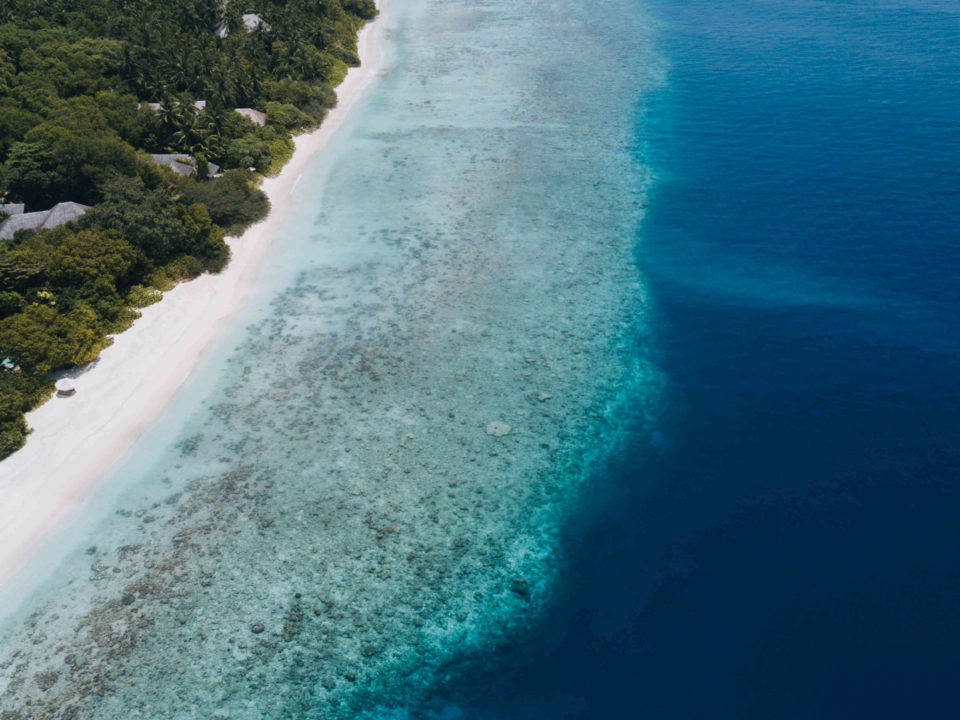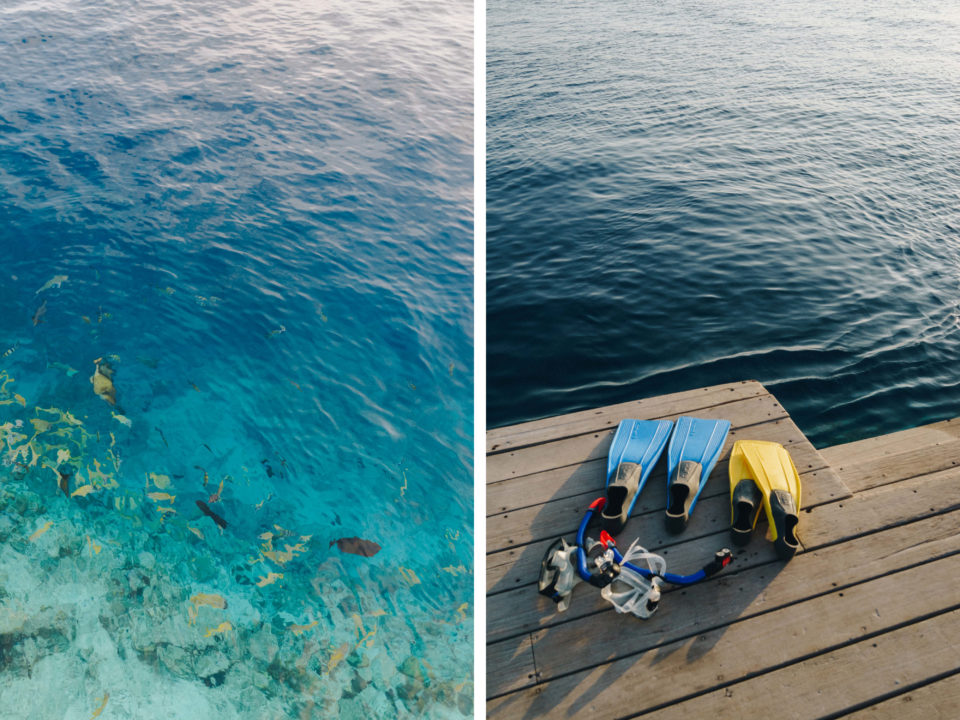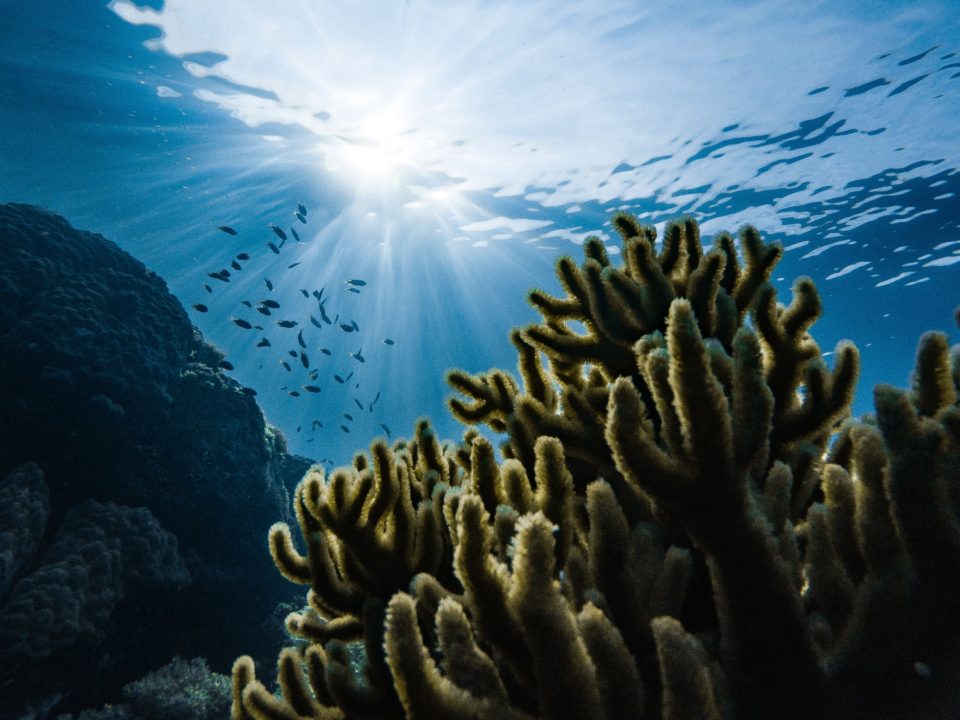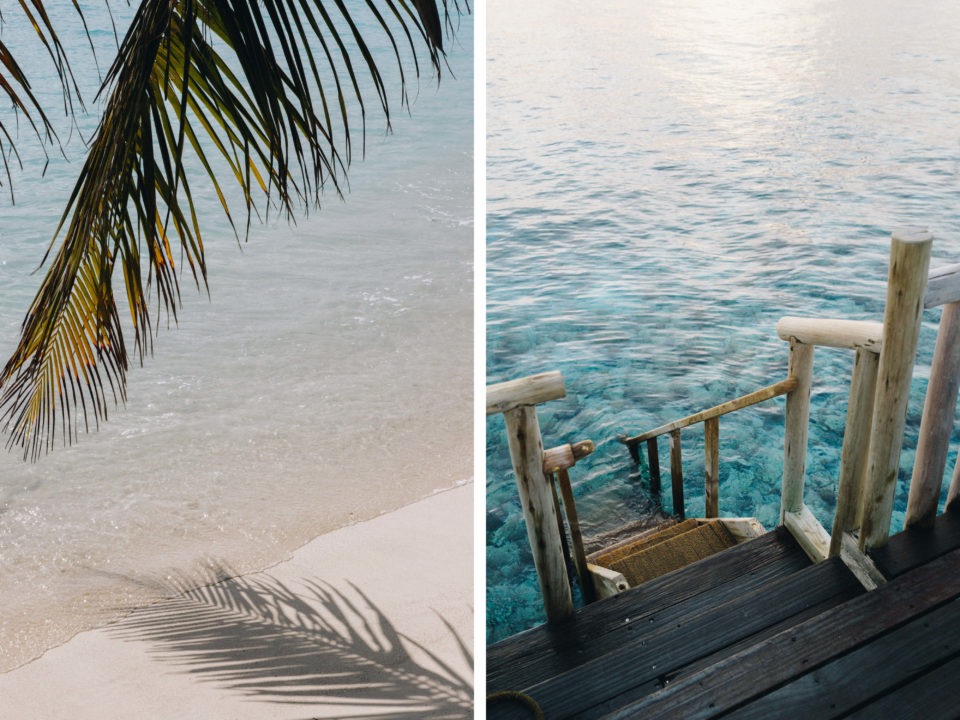We’ve all read the headlines: the world’s coral reefs are in trouble. In fact scientists say between 70 and 90 per cent could disappear completely in the next 20 years thanks to an unwelcome combination of global warming and pollution. This is a problem for many reasons. These underwater rainforests, as they’re often called, protect islands and coastal destinations from tropical storms and hurricanes; they prevent land erosion and provide income for millions of people who use them for fishing and tourism. Coral reefs house millions of species, including a quarter of the world’s fish.
So any way you look at it, a world without coral reefs isn’t a pretty scene. Rather than wait for countries to do something about their respective carbon emissions, regeneration efforts and protection schemes, though, there are some who have taken matters into their own hands such as Soneva CEO and co-founder Sonu Shivdasani, whose team are in the process of creating one of the world’s largest coral farms near its luxury Maldivian resort, Soneva Fushi. But how, exactly, do you go about building your own coral reef?
FIND A SUITABLE LOCATION

You’ll need a lot of water, obviously. Ideal conditions for your reef should be deep waters that still offer light, while maintaining a temperature of 25-29°C. And make sure your chosen spot is free of pollution – reefs really don’t like plastic. ‘We have situated it at a depth of about 10 metres, so it has good access to light while not being too close to the shallow, warmer waters,’ says Bruce Bromley, who oversees all sustainability projects at Soneva. ‘Of course, there should not be any pollution and a steady flow of water should be maintained, too.’
START BUILDING

Corals need something solid to grow on, so the next step is to create a table-like structure and then lower it onto the sea bed. Soneva used reinforced steel, but what you’re looking for is something long-lasting, strong and non-toxic. Do not use tyres, or else risk an eco disaster like the Osborn reef built in Florida in the early 1970s, when two million old tyres were dumped on the sea bed in the hope of attracting coral. Sadly, 30 years later, studies showed that almost no fish were living in the area and the tyres were leaching toxic chemicals. With each storm they moved across the sea bed and ended up back on the shorelines. Soneva has built 432 of its tyre-free table structures; each one can hold around 120 corals.
WAIT FOR UNDERWATER LIFE TO FIND YOUR NEW REEF

Rome wasn’t built in a day. Your reef should be teeming with wildlife within a year. If you could come up with a way of solving climate change in the meantime, that will help your coral survive when they do finally appear. The plan for the waters off Soneva Fushi is for corals to be grown across 20 hectares over the next decade.
OR, SCOUT FOR CORAL DONORS

If you’re strapped for time, rather than wait, do as Soneva did and find locations to take coral fragments to attach onto your reef. This is a delicate process, so go gently. ‘Usually, around 10 per cent of a coral colony can be taken without affecting the coral colony,’ says Bromley. ‘For our nursery, we were able to rescue the corals from an area that is currently being developed into a new port. We collected all the corals before the dredgers moved in and transported them 100km to our coral nursery.’
ENSURE A HIGH LEVEL OF MAINTENANCE

‘A healthy reef has a high coral cover of around 40-50 per cent, high diversity of coral types, and plenty of benthic life, fish and other reef inhabitants living amongst it,’ says Bromley. Essentially, your reef should be a technicolour dream of new residents. Climate change stresses the coral, causing it to lose its colour, but in the absence of being able to single-handedly solve that issue, address any damage, remove debris and clean any corals showing signs of algae formation. Coral-eating parrotfish can also be a problem, but ultimately this is a natural threat to coral and sadly unavoidable. In the event that you are unable to create your own coral reef at home, perhaps you’d like to support Soneva’s efforts by adopting a coral table and allowing them to do the work for you.
And there are more pioneering marine efforts being made at a number of our Maldives hotels

